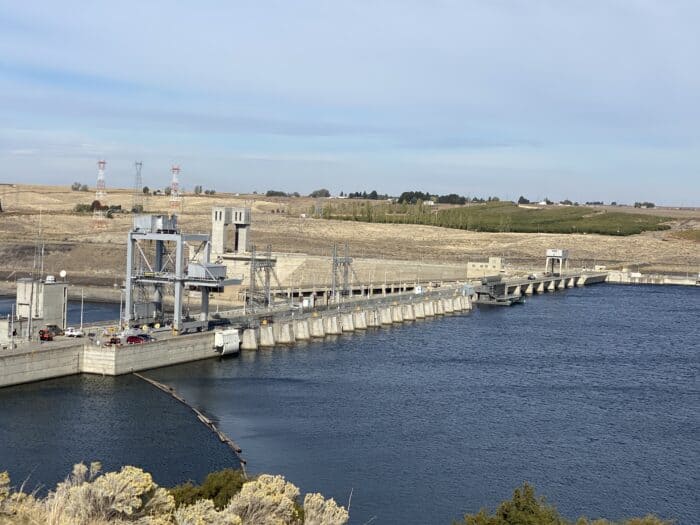CFL RECYCLING AT OPALCO OFFICES
OPALCO now offers compact fluorescent light bulb (CFL) recycling stations at its offices on Orcas, Lopez and San Juan Islands—and coming soon to the Shaw Community Center. Spent CFLs are collected and recycled in accordance with EPA standards. The best practice for disposing of spent CFLs is to place the bulbs into a sealable plastic bag and deliver to a collection site. In addition, San Juan County’s solid waste facilities offer annual hazardous waste collection events where you can drop off your burned out CFLs. Upcoming San Juan County collection events: April 30th on Orcas; May 1st on Lopez and May 7th, 2011 on San Juan Island.
According to the U.S. Department of Energy, if every home in America replaced one incandescent bulb with an Energy Star qualified CFL, in one year it would save enough energy to light more than three million homes and prevent the release of greenhouse gases equal to that of about 800,000 cars. Electricity use is the main source of mercury emissions in the United States. CFLs use less electricity than incandescent lights, reducing the amount of mercury into the environment. A 13-watt, 8,000-rated-hour-life CFL (60-watt equivalent) will save 376 kWh over its lifetime, thus avoiding 4.3 mg of mercury. For more information about CFL bulbs and how to clean up broken bulbs, visit: https://www.energystar.gov.cfls
Starting in mid-2011, consumers shopping for light bulbs will notice new labeling on packaging designed to help them choose among the different types of bulbs on the market – traditional incandescent bulbs, and newer high-efficiency compact fluorescent (CFL) and light-emitting diode (LED) bulbs. The new labels will enable consumers to save money by selecting the most efficient bulbs that best fit their lighting needs. For the first time, the label on the front of the package will emphasize the bulbs’ brightness as measured in lumens, rather than a measurement of watts. The new labels also will include the estimated yearly energy cost for the particular type of bulb. New energy standards mandated by Congress will effectively phase out traditional low-efficiency incandescent bulbs from the U.S. market over the next few years. For more information, check out OPALCO’s Energy Services Blog: “Sharing the Load” at https://www.opalco.com/energy-services/energy-services-blog/
OPALCO is a member-owned cooperative electrical utility serving more than 11,000 members on 20 islands in San Juan County. OPALCO provides electricity that is 95% greenhouse-gas free and is predominately generated by hydroelectric plants. OPALCO was founded in 1937 to bring electricity to rural islanders.



